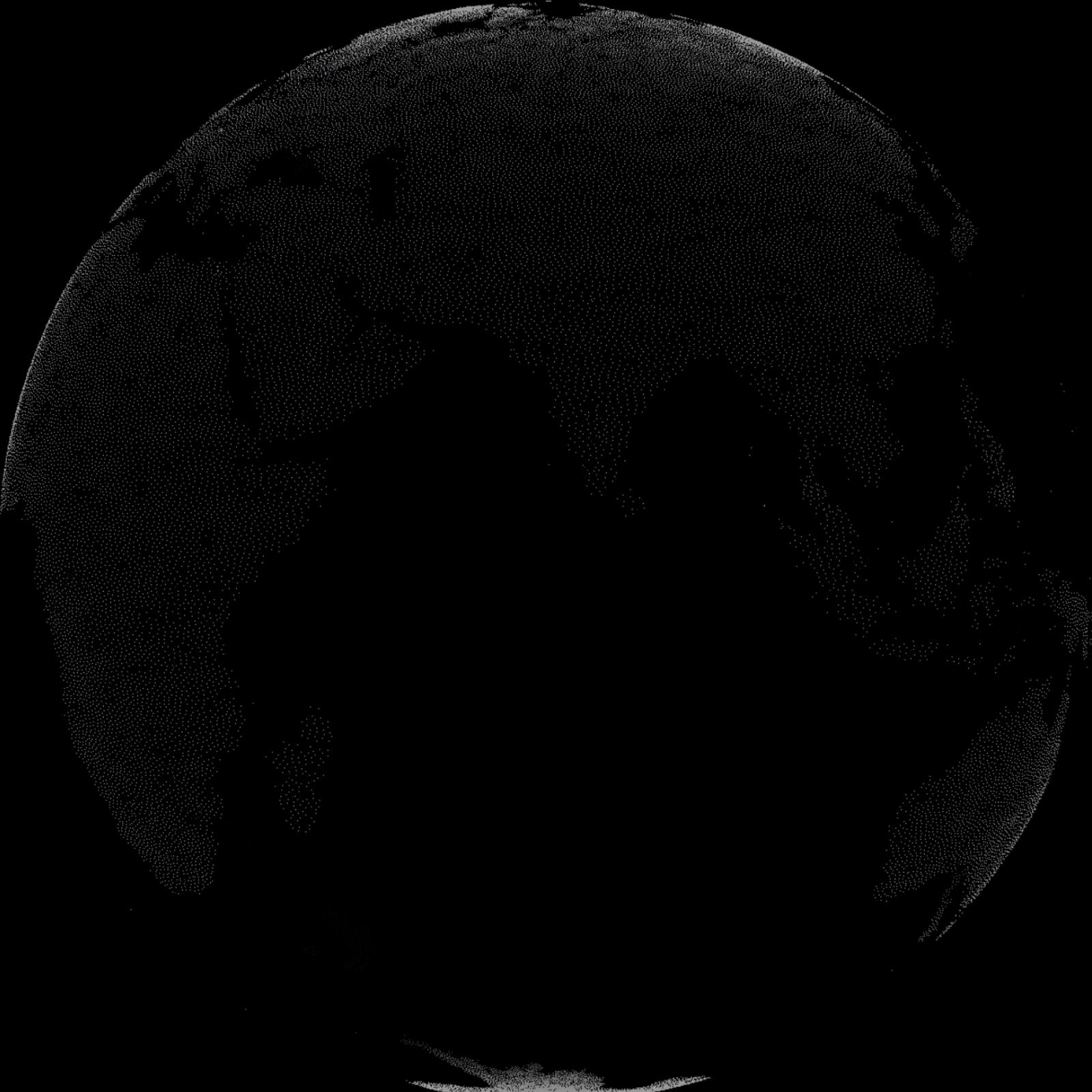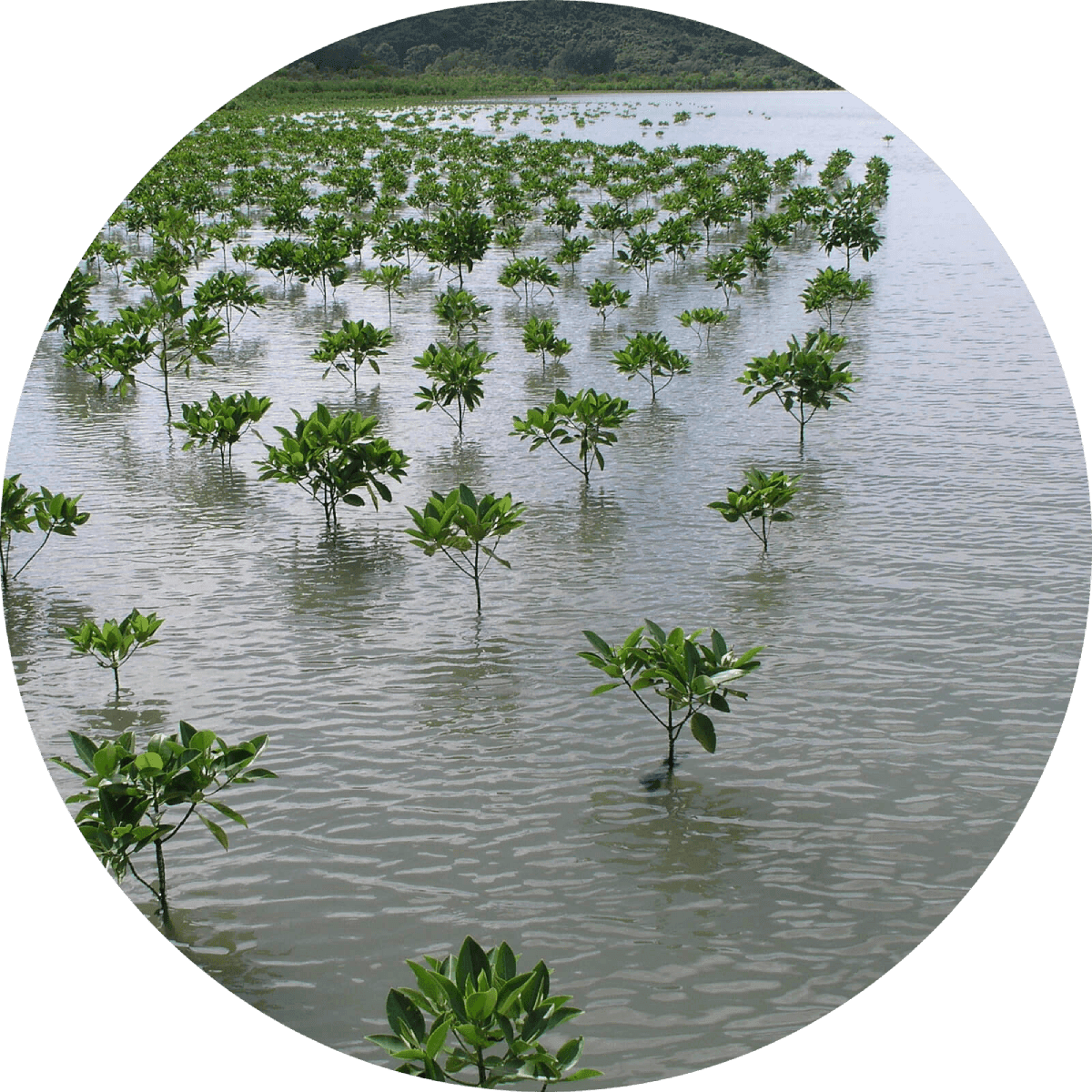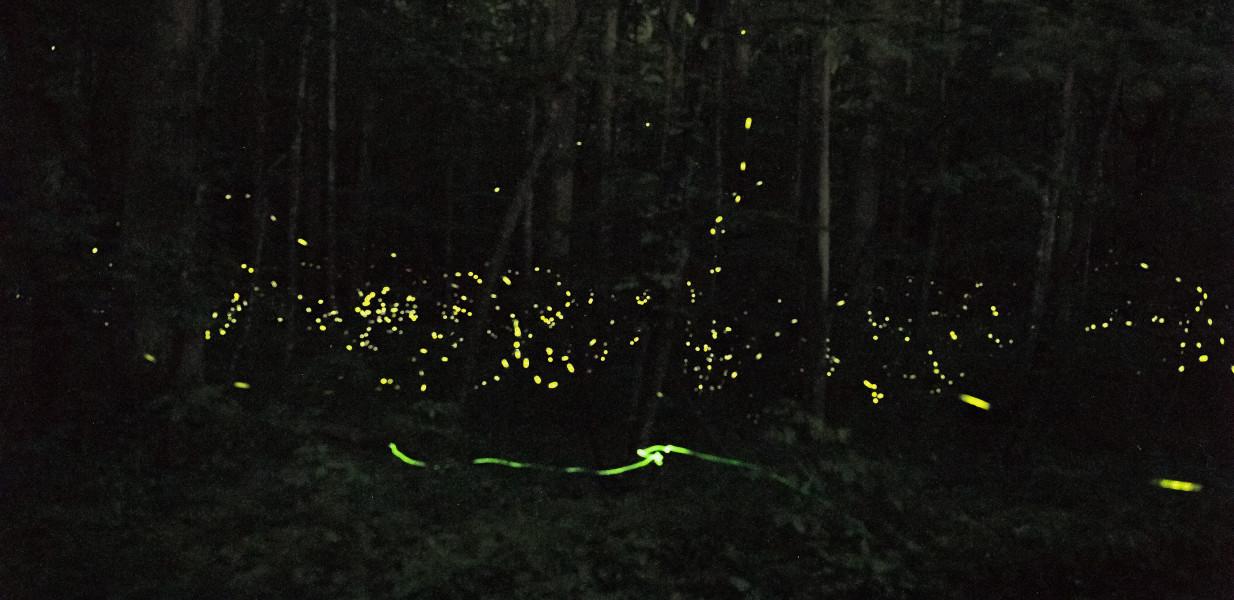Demonstrations Proliferate As Citizens Gain Awareness Of Health Threats
2012-2013 • China
"In October 2012, demonstrations against an $8.9 billion petrochemical plant expansion in the eastern city of Ningbo suspended the project. Several months later, anger boiled over in Shanxi province, where a factory spilled thirty-nine tons of toxic chemicals into local water sources. In May 2013, thousands of demonstrators gathered in the southwest city of Kunming to protest the building of a nearby chemical plant, which would produce half a million tons of a carcinogenic chemicals annually...A February 2013 poll by People's Daily named the environment as one of the top issues citizens wanted addressed by the central government. By early 2013, public protests had succeeded in consistently gaining concessions from local governments, and in March 2013, Li Keqiang, China's new premier, pledged that his government would show 'even greater resolve' in tackling China's pollution crisis. Such remarks from the central government reflect 'a changing understanding within China about the relationship between economic development and societal wellbeing' Economy and Levi write."
Xu, Beina. "China's Environmental Crisis." Council on Foreign Relations. Council on Foreign Relations, 25 Apr. 2014. Web. 3 Mar. 2015. http://www.cfr.org/china/chinas-environmental-crisis/p12608.
NASA. Johnson Shenyan China Pollution, 2013.


Learn about Maya Lin’s fifth and final memorial: a multi-platform science based artwork that presents an ecological history of our world - past, present, and future.

Discover ecological histories and stories of former abundance, loss, and recovery on the map of memory.

Learn how we can reduce our emissions and protect and restore species and habitats – around the world.

See how art can help us rethink the problems we face, and give us hope that each one of us can make a difference.

Help make a global memorial something personal and close to home. Share your stories of the natural world.


